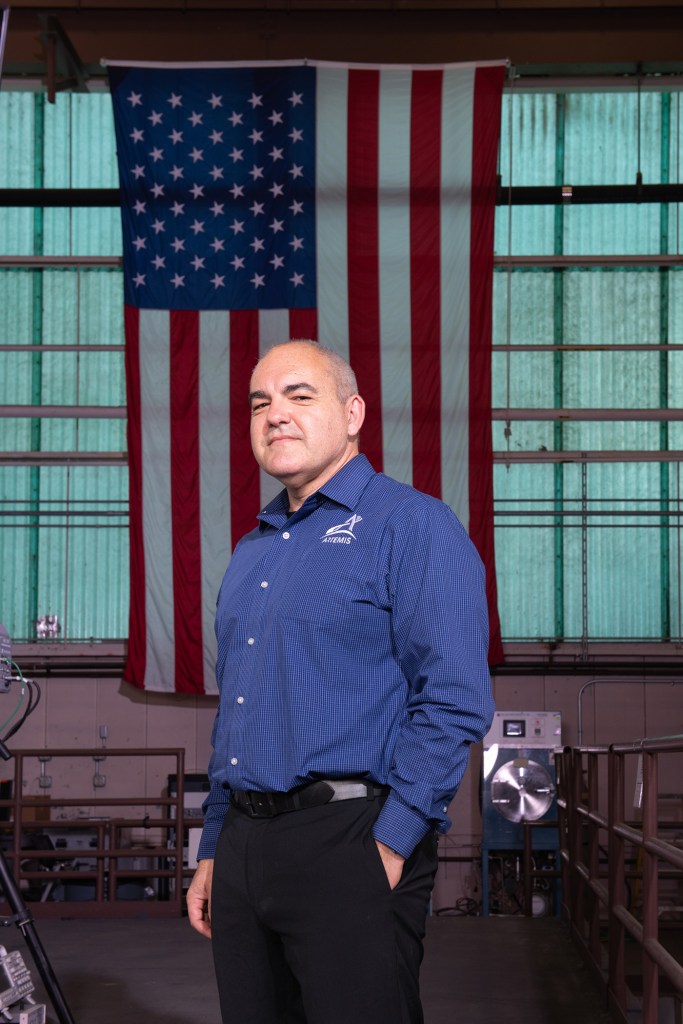Ryan Weed
Positron Dynamics
To address the urgent need for advanced propulsion solutions, we propose the development of a nuclear fission fragment rocket engine (FFRE) that is exponentially more propellent efficient than rocket engines currently used to power today’s space vehicles and could achieve very high specific impulse (>100,000 sec) at high power density (>kW/kg). Current proposed designs for Fission Fragment Rocket Engines are prohibitively massive, have significant thermal constraints, or require implementing complex designs, such as dusty plasma levitation, which limits the near-term viability. We propose to develop a small prototype low-density nuclear reactor core and convert the nuclear energy stored in a fissile material into a high velocity rocket exhaust and electrical power for spacecraft payloads. The key improvements over previous concepts are: 1. Embed the fissile fuel particles in an ultra-low density aerogel matrix to achieve a critical mass assembly 2. Utilize recent breakthroughs in high field, high temperature superconducting magnets to constrain fission fragment trajectories between moderator elements to minimize reactor mass. The aerogel matrix and high magnetic field (B>20T) allows for fission fragments to escape the core while increasing conductive and radiative heat loss from the individual fuel particles. NIAC work will provide detailed mission analysis of fast transit to SGL for direct imaging and high-resolution spectroscopy of a habitable exoplanet at a distance of up to 100 light years. The FFRE propulsion system could provide delta-V to reach the SGL in less than 15yrs and provide the slowdown and maneuvering capability at SGL. The telescopes would act as a single pixel detector while traversing the Einstein Ring region, building an image of the exoplanet with enough resolution to see its surface features and signs of habitability.

































